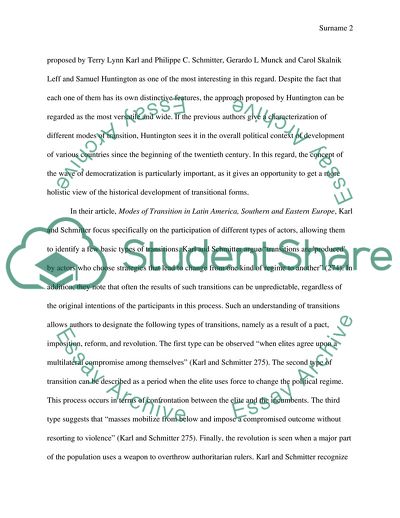Cite this document
(Political Transitions in East and South-East Asia Essay Example | Topics and Well Written Essays - 1750 words, n.d.)
Political Transitions in East and South-East Asia Essay Example | Topics and Well Written Essays - 1750 words. https://studentshare.org/politics/1857922-political-transitions-in-east-and-south-east-asia
Political Transitions in East and South-East Asia Essay Example | Topics and Well Written Essays - 1750 words. https://studentshare.org/politics/1857922-political-transitions-in-east-and-south-east-asia
(Political Transitions in East and South-East Asia Essay Example | Topics and Well Written Essays - 1750 Words)
Political Transitions in East and South-East Asia Essay Example | Topics and Well Written Essays - 1750 Words. https://studentshare.org/politics/1857922-political-transitions-in-east-and-south-east-asia.
Political Transitions in East and South-East Asia Essay Example | Topics and Well Written Essays - 1750 Words. https://studentshare.org/politics/1857922-political-transitions-in-east-and-south-east-asia.
“Political Transitions in East and South-East Asia Essay Example | Topics and Well Written Essays - 1750 Words”. https://studentshare.org/politics/1857922-political-transitions-in-east-and-south-east-asia.


